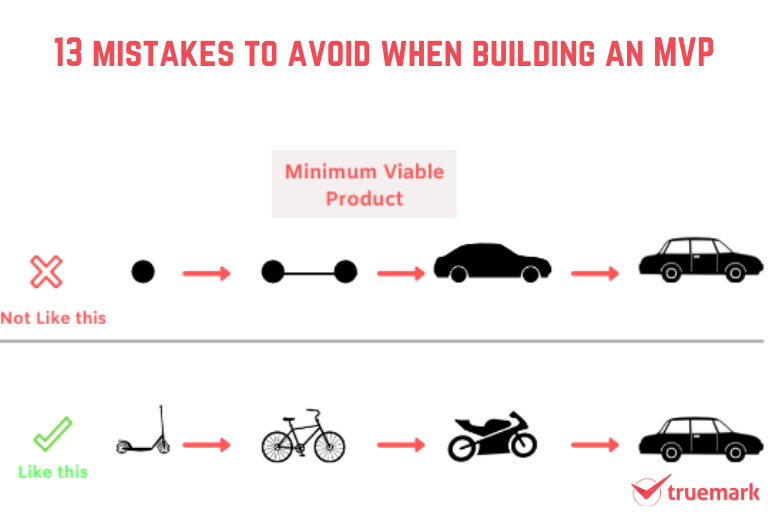A product and service’s success or failure depends on how customers perceive and respond to it. It becomes instantly hit if it satisfies the customers. And one of the influential factors that make it a reality is user experience (UX).
A product is useless if it doesn’t provide an excellent user experience. Every customer wants their product journey to be seamless, easy-to-use, and simple; that satisfies them. So, as a designer, you need to identify the factors that soothe their hunger for satisfaction. A user’s desire, value, and pain points matter the most in user experience. So, below, we have listed the factors that influence user experience.
What is user experience design?
UX design is a process of designing a product whose only objective is to provide an excellent user experience.
Understanding the user’s psychology, how they use a product, and what makes their journey seamless are the aspects that need to be considered by a designer to make the designing process smooth and successful.
7 factors that influence user experience
These seven factors were described by Peter Morville, a pioneer in the UX field. These are also known as the user experience principles.
Useful
According to this principle, a product should be useful. If it isn’t the case, then why would anyone purchase it? It should address the consumers’ pain points and fulfill their needs. If it isn’t beneficial to them, developing it is a waste of time, money, and resources.
A product should be useful in the way it helps users to accomplish their tasks and goals. For example, let’s say a user needs a golf set. For them, Amazon or another Ecommerce website is the best place to rely on. Here, such sites help them fulfill their needs.
Another best example is the product description in an Ecommerce site. It conveys every information about the products to the users, which is useful for them before purchasing them.
Moreover, no matter how aesthetically beautiful your product is, it won’t succeed if it doesn’t solve users’ problems. No one will be willing to purchase it. So, a product should be useful to the users.
Usable
A product should be usable. If a product helps users solve their problems and achieve their goals, then it is called “usable.” However, the consumers should be able to accomplish their objectives without any issues efficiently and effectively.
For example, suppose a user is looking for a product on an Ecommerce site. In such a situation, what makes their journey easier and effective is the search and filter options. The user can easily find what they are looking for. Pretty convenient, right?
Let’s look at the above example in another scenario. What if there isn’t a search feature? The user has to surf the whole website, which might waste a lot of time. It isn’t convenient, and they may leave the website after some time. So, here, the search feature becomes usable. That is why almost every site has it to make the user’s journey seamless.
Another example is using a menu on a website to help users navigate it easily, enhancing user experience.
Simply saying, the product should help users achieve their goals easily.
Findable
A user should be able to find the product they are looking for easily.
If a user doesn’t find your product, they won’t buy it, as simple as that. If they are unaware of your existence, how can you expect them to purchase from you? So, it is crucial to market your business.
Let’s say a user is looking for shampoo. They will only buy it if they have enough information about it. If it is missing the necessary description, they will ignore it, shifting their attention to another similar product or website.
Another best example is the category of the products on an Ecommerce site. Instead of browsing the whole website, men will go to the Men’s section, and women will go to theirs to find the product they want. Moreover, there are search and filter options to make it easier for them.
Besides these, you can make your business, website, products, etc., findable by investing in SEO, content, social media, etc. And if you need any help, Truemark can assist you. Reach us at any time.
Credible
A user should trust your business and the products and services they use. The more credible you are, the more users use your products, enhancing the user experience and boosting your sales and revenues. So, it is crucial to give them what they want and fulfill your promises. Fooling them and providing incomplete information will only make them hate you. Since there are plenty of businesses like you, they aren’t going to stay.
Let’s say a user orders a visually appealing smartphone having 256 GB storage, 108 MP camera, and 8 GB RAM. They get 8/256 GB, but not with a 108 MP camera. Will they buy from you again? No, because they will have lost all the trust they have in you by this time. Providing products and services with bad intent will last for a short period for users. However, the negative effect it will have on your business will be long-term.
Another best example is the contact information on your website. It helps users trust your business. If it is missing, they won’t have any means to contact you if something goes wrong. They won’t believe in you.
Besides these, the use of testimonials, reviews, and ratings also helps build trust. They influence the user’s purchase decision.
So, it is essential to provide quality services and products to the users to increase your business’s credibility in the market.
Desirable
The product should be desirable to the users. A business should have a unique selling point and identity to attract users. It can be the price, quality, design, ability to address the user’s pain points, etc.
What you should understand is that your website or products should leave a positive impression on the users. If you can satisfy them, it automatically becomes desirable for them.
One of the best examples is Apple vs. Android. Most people will opt for the former when selecting a smartphone brand.
Another example, Amazon will be the first choice for most users when it comes to shopping online.
Accessible
The product or service should be accessible to all types of people. There are physically challenged people who are unable to use a product or service. They should also be able to utilize and benefit from your business.
Moreover, before developing a product, you should plan how to make your product accessible and whom to target. Sometimes, focusing on one type of user isn’t always the best for the business.
One of the best examples is Voice Search on apps and websites for people who can’t see.
Another example is the color filters for color blindness people.
Valuable
The product and service must deliver value to the users and the business. Above everything, it should enhance the user experience by solving their problems and fulfilling their needs. It should benefit both the company and the user in the long term.
So, how can you make your product valuable?
One way to do it is by thoroughly researching the market and the customers. Then, building an MVP that consists of essential features at an initial version. Also, asking their feedback to improve the product and services.
In Conclusion
User Experience will always be a critical factor that enhances customer satisfaction and boosts your reputation and image in the market. It will help you reach a broader audience and generate more leads. So, always remember these seven factors that influence user experience because the success of a product depends on these aspects.
Moreover, the factors mentioned above will guide you in designing your following product.
If you want software that enhances overall customer satisfaction and aligns with your business needs and goals, please feel free to contact us. Truemark is a software company with 5+ years of experience in designing software. So, don’t hesitate to contact us at any time.
References: Userlytics
Cover Image Credits: Freepik




4 Comments
Pingback: Why App Redesign Is Important And When To Consider It?
Pingback: 13 Reasons Why Customer Feedback Is Important For Business
Pingback: 14 Reasons Mobile App Maintenance Services Are Important
Pingback: 11 Web Design Trends 2022: Future Trends And Predictions